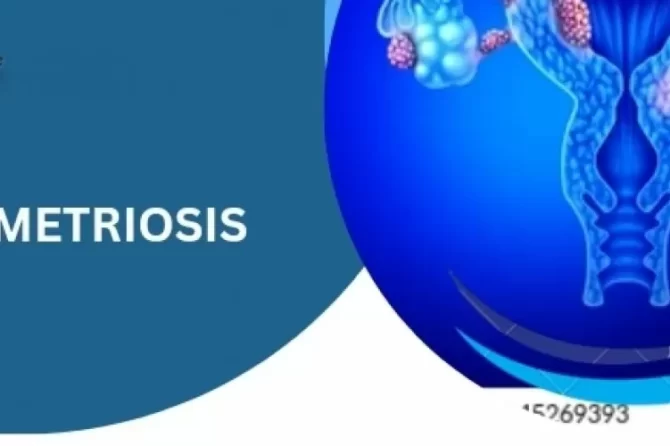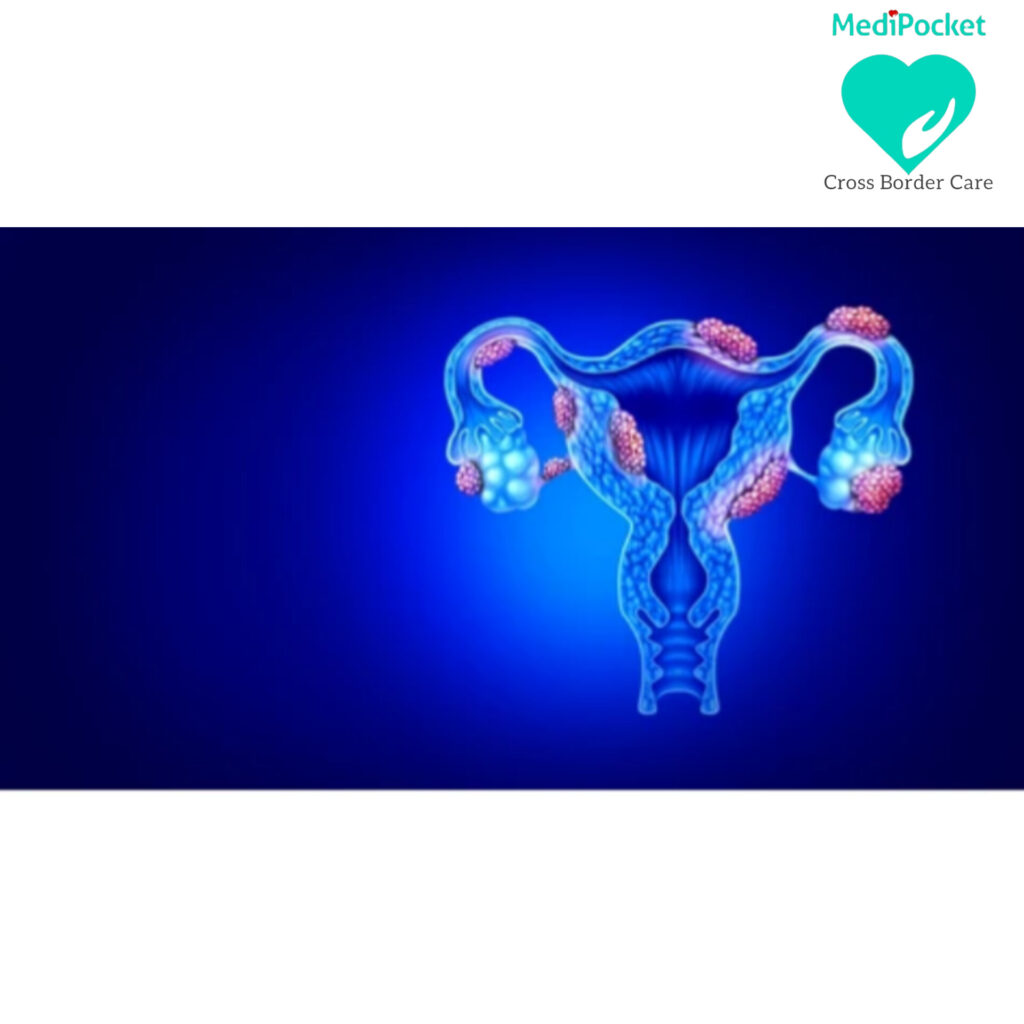
Endometriosis is a chronic and often debilitating disease that affects millions of women worldwide. Despite being a common condition, endometriosis often goes undiagnosed for many years due to a lack of understanding and awareness of the symptoms. In this blog, we will explore the causes, symptoms, and treatment options for the disease and provide insights into why this silent disease deserves more attention and recognition.

Endometriosis
Endometriosis is a condition where tissue similar to the lining of the uterus grows outside of it, causing pain, infertility, and other symptoms. The tissue is called endometrial tissue and it grows in areas such as the ovaries, fallopian tubes, and other parts of the pelvic cavity. Each month, the endometrial tissue responds to the hormonal changes in the body, just as the endometrial tissue in the uterus does, causing it to thicken, break down, and bleed. Unlike the endometrial tissue in the uterus, however, the tissue that grows outside of it has nowhere to go and can cause inflammation, scarring, and the formation of cysts and adhesions.
- Symptoms of Endometriosis
- Risk factors
- Genetics
- Reproductive factors
- Lifestyle factors
- Diagnosis and Treatment of Endometriosis
- Why Endometriosis Deserves More Attention
- Conclusion
Symptoms of Endometriosis
- chronic pain, particularly during menstruation,
- heavy and irregular periods, fatigue, and infertility.
- pain during sexual intercourse,
- bowel movements, and urination.
Despite these symptoms, the condition can be difficult to diagnose due to its non-specific nature and the tendency for symptoms to be mistaken for other conditions.
Risk factors
While the exact cause of endometriosis is not known, there are several risk factors that have been identified.
Genetics
One of the main risk factors for endometriosis is genetics. Women who have a close relative with the same condition are more likely to develop the condition themselves. Hormonal factors also play a role, as endometriosis is more common in women who have higher levels of oestrogen.
The most common symptoms of endometriosis are
Reproductive factors
Reproductive factors such as early onset of menstruation, late onset of menopause, and having never given birth can also increase the risk of the disease. Women who have a history of pelvic infections or other medical conditions such as uterine abnormalities or immune system disorders may also be at higher risk.
Lifestyle factors
Lifestyle factors such as a high-fat diet, alcohol consumption, and lack of exercise have also been linked to an increased risk of endometriosis.
It is important to note that while these risk factors may increase the likelihood of developing the disease, many women with the condition have no known risk factors. If you are experiencing symptoms of endometriosis such as painful periods, pelvic pain, or difficulty getting pregnant, it is important to speak with your healthcare provider to determine the best course of action
Diagnosis and Treatment of Endometriosis
Diagnosis of endometriosis is usually made through a combination of medical history, physical examination, and imaging tests such as ultrasound or MRI. In some cases, a laparoscopy may be needed to confirm the diagnosis and assess the extent of the disease.
While there is no cure for endometriosis, there are several treatment options available to manage the symptoms and improve quality of life.
One of the most common treatment options for endometriosis is medication. Hormonal therapies such as birth control pills, gonadotropin-releasing hormone (GnRH) agonists, and progestin can help regulate the menstrual cycle and reduce the growth of endometrial tissue. Pain relievers such as nonsteroidal anti-inflammatory drugs (NSAIDs) can also help manage the pain associated with endometriosis.
Surgery may also be an option for women with severe endometriosis. Laparoscopic surgery, where small incisions are made in the abdomen to remove the endometrial tissue, can help improve symptoms and increase the chances of pregnancy. In some cases, a hysterectomy may be recommended to remove the uterus and ovaries.
Complementary therapies such as acupuncture, dietary changes, and exercise may also be helpful in managing the symptoms of endometriosis. It is important to discuss these options with your healthcare provider to determine the best course of treatment for your individual needs.
In conclusion, while there is no cure for endometriosis, there are several treatment options available to manage the symptoms and improve quality of life. It is important to work with your healthcare provider to determine the best course of action based on your individual needs and circumstances
Why Endometriosis Deserves More Attention
Endometriosis is a disease that affects millions of women worldwide and yet, it is often misunderstood, misdiagnosed, and under-treated. Despite its debilitating effects, the condition is often ignored or dismissed as “just period pain.” Women with endometriosis often have to endure years of chronic pain and infertility before receiving a proper diagnosis and treatment.
In addition to the physical and emotional toll of the disease, endometriosis can also have a significant impact on a woman’s quality of life and career. Women with the said disease may have to take time off work due to pain and fatigue, miss important events, and struggle with the financial burden of treatment and lost income.
Conclusion
Endometriosis is a complex and often debilitating disease that affects millions of women worldwide. Despite its prevalence, endometriosis is often misdiagnosed, misunderstood, and under-treated. Women with endometriosis deserve more attention, recognition, and support as they navigate the physical and emotional challenges of this disease. By increasing awareness and understanding of the disease, we can help women receive proper diagnosis, treatment, and support as they navigate this silent disease.
If anyone has concerns related to endometriosis and wants to connect with the best doctors, then sign up to the MediPocket world and get the best treatment directly from the United States.










Leave a reply